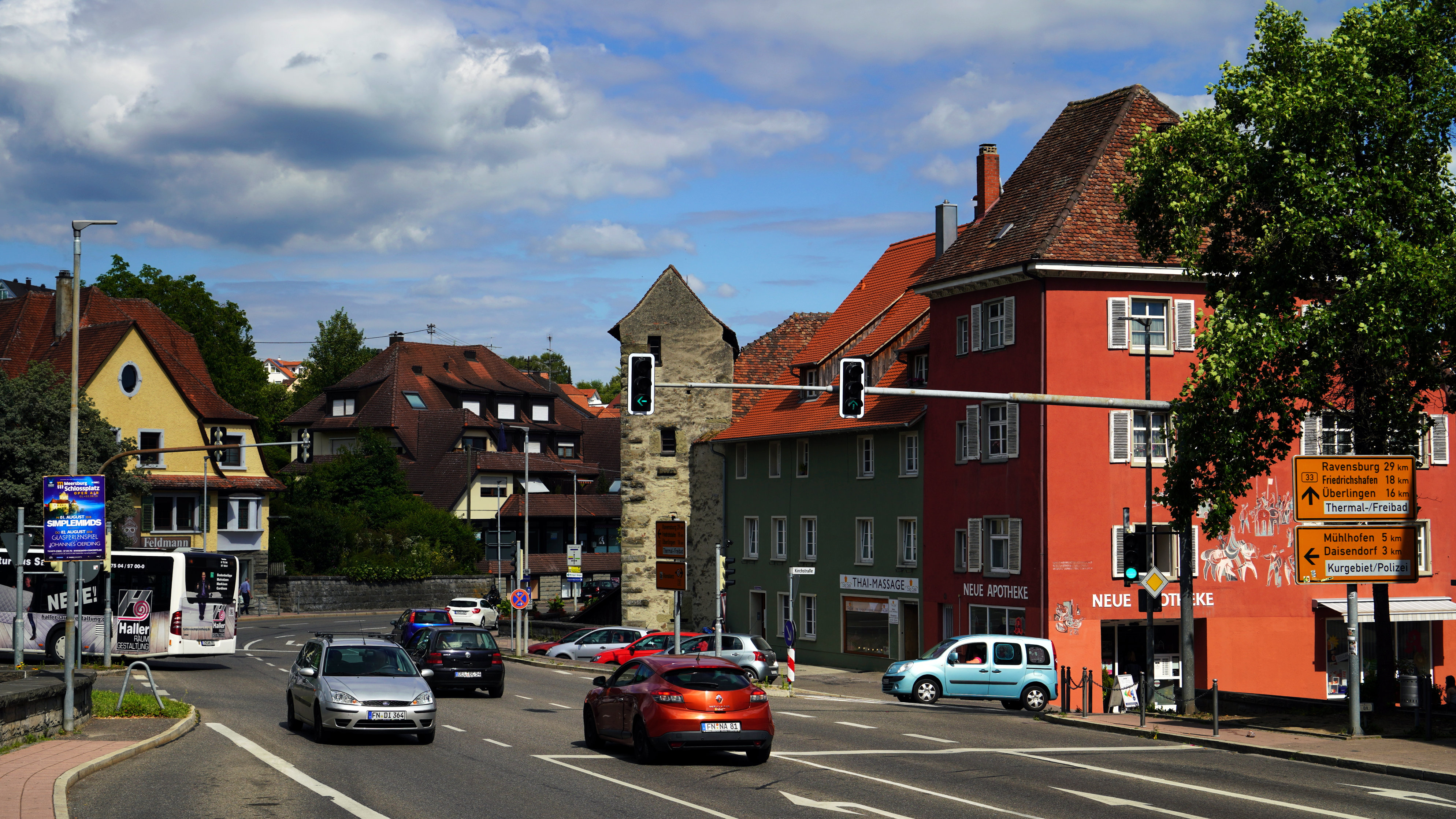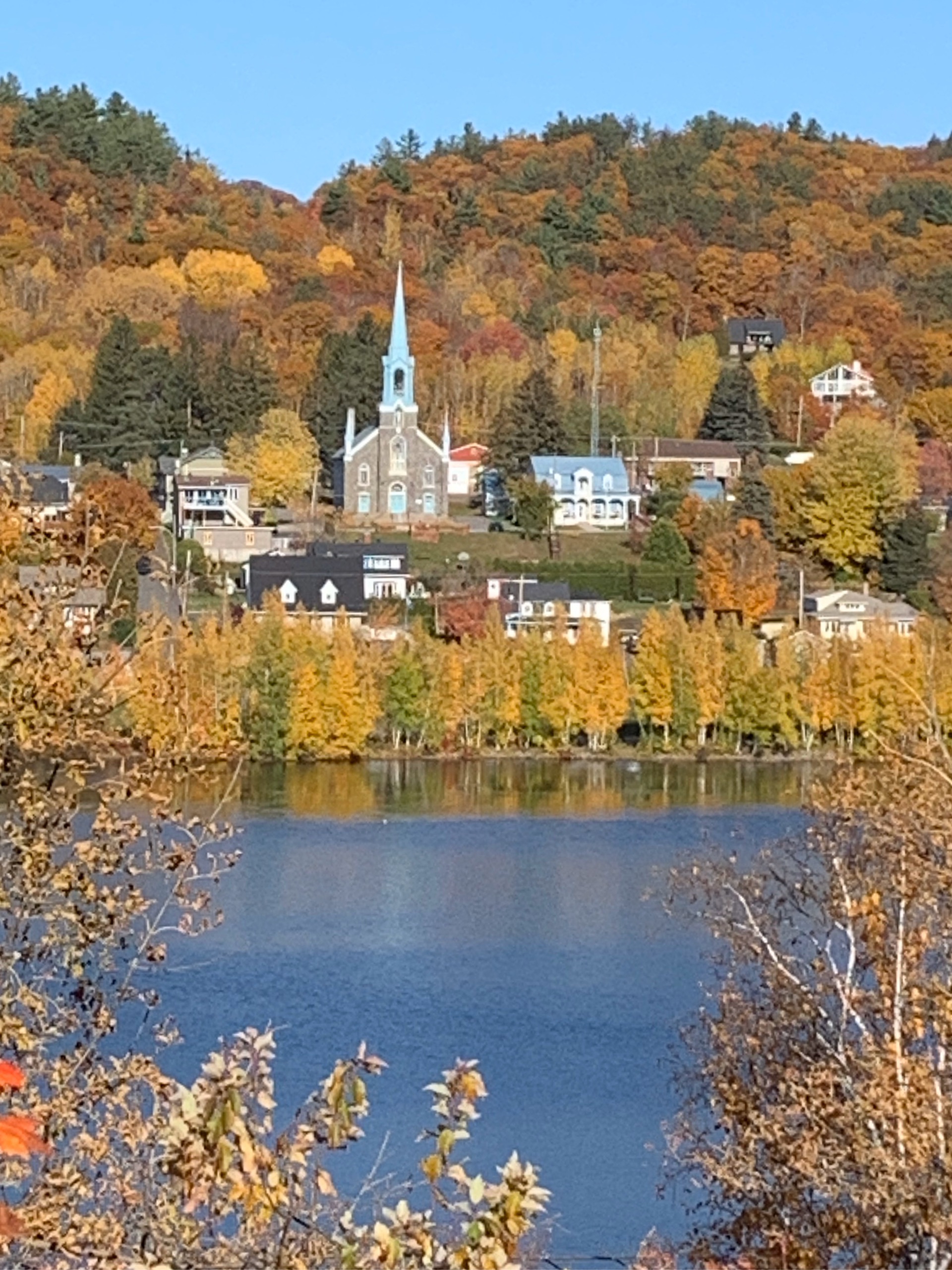Global Travel Information
Lake Nakuru, Kenya
Lake Nakuru: Kenya’s Flamingo Paradise and Wildlife Haven
Nestled in the heart of Kenya’s Great Rift Valley, Lake Nakuru is a shimmering jewel renowned for its breathtaking landscapes, abundant wildlife, and, most famously, its vast flocks of flamingos. This alkaline lake, part of Lake Nakuru National Park, is a UNESCO World Heritage Site and one of Kenya’s most iconic destinations. From its vibrant birdlife to its diverse mammals and stunning scenery, Lake Nakuru offers an unforgettable safari experience.
A Geological and Ecological Wonder
Lake Nakuru’s origins trace back to the tectonic activity that shaped the Great Rift Valley millions of years ago. The lake is shallow, alkaline, and fed by several seasonal rivers, making it a unique ecosystem. Its high salinity and abundance of algae, particularly blue-green algae (Spirulina platensis), create an ideal feeding ground for lesser flamingos (Phoeniconaias minor), which gather here in spectacular numbers—sometimes over a million strong. The sight of these pink-hued birds blanketing the lake’s surface is nothing short of mesmerizing.
Beyond flamingos, Lake Nakuru is a birdwatcher’s paradise, hosting over 450 bird species. Pelicans, herons, kingfishers, and African fish eagles are commonly spotted, while the surrounding woodlands shelter rare species like the grey-crested helmet-shrike. The lake’s fluctuating water levels, influenced by climate change and human activity, have occasionally impacted bird populations, but conservation efforts aim to preserve this vital habitat.
Wildlife Beyond Birds
While flamingos steal the spotlight, Lake Nakuru National Park is also a sanctuary for terrestrial wildlife. The park’s compact size (188 square kilometers) makes it easy to encounter a variety of animals within a short time. Among its most famous residents are both black and white rhinos, protected within the park’s heavily guarded boundaries. Lake Nakuru was one of Kenya’s first rhino sanctuaries, and today, it remains a critical stronghold for these endangered giants.
Lions, leopards, and cheetahs roam the park, though spotting them requires patience and a bit of luck. The elusive leopard, in particular, is a prized sighting, often seen resting in the branches of acacia trees. Herbivores abound, with herds of buffalo, zebra, impala, and the rare Rothschild’s giraffe grazing on the park’s grasslands. The endangered Rothschild’s giraffe, distinguished by its white legs and lack of markings below the knees, has found a safe haven here thanks to successful translocation programs.

Baboons and vervet monkeys add a lively presence, often seen near picnic sites or along the lakeshore. Hippos wallow in the lake’s shallows, while crocodiles lurk in the reeds—reminders of the delicate balance between predator and prey.
Conservation Challenges and Efforts
Despite its protected status, Lake Nakuru faces numerous environmental threats. Pollution from nearby Nakuru town, deforestation, and invasive plant species like the water hyacinth have disrupted the lake’s delicate ecosystem. Fluctuating water levels, partly due to climate change, have occasionally caused flamingo populations to migrate to neighboring lakes like Bogoria or Elementaita.
Conservation initiatives led by the Kenya Wildlife Service (KWS) and international partners strive to mitigate these challenges. Anti-poaching patrols, habitat restoration, and community education programs are key to safeguarding the park’s biodiversity. Ecotourism also plays a vital role, with visitor fees funding conservation projects while providing livelihoods for local communities.
Exploring Lake Nakuru National Park
A visit to Lake Nakuru National Park is a highlight of any Kenyan safari. The park’s well-maintained roads and scenic viewpoints make it accessible for self-drive adventures, though guided tours offer deeper insights into its ecology. Key attractions include:
- Baboon Cliff: A panoramic viewpoint offering sweeping vistas of the lake and its flamingo-covered shores.
- Makalia Falls: A picturesque waterfall nestled in the park’s southern woodlands.
- Out of Africa Picnic Site: A serene spot for lunch, often frequented by curious baboons.
- Lion Hill: A prime location for spotting big cats and enjoying sunset views over the lake.
Game drives at dawn or dusk maximize wildlife sightings, while guided walking safaris along designated trails provide an intimate connection with nature. Birdwatching enthusiasts should bring binoculars to appreciate the lake’s avian diversity fully.
The Cultural and Economic Impact
Lake Nakuru is more than a natural wonder—it’s a lifeline for local communities. The park supports tourism-related jobs, from guides and lodge staff to artisans selling handmade crafts. Nearby Nakuru town, one of Kenya’s fastest-growing cities, thrives partly due to the park’s draw.
Cultural encounters with the local Kikuyu and Kalenjin communities add depth to a visit. Many lodges and camps collaborate with nearby villages, offering cultural tours that showcase traditional dances, crafts, and farming practices. Responsible tourism ensures that visitors’ dollars directly benefit these communities while fostering conservation awareness.
Conclusion: A Must-Visit Destination
Lake Nakuru is a microcosm of Kenya’s natural splendor, where flamingos paint the waters pink, rhinos roam freely, and every game drive promises adventure. Its ecological significance, combined with its accessibility and sheer beauty, makes it a must-visit for nature lovers and safari-goers.
Whether you come for the flamingos, the rhinos, or the breathtaking landscapes, Lake Nakuru leaves an indelible impression—a reminder of the fragile yet resilient beauty of our planet’s wild places. As conservation efforts continue, this Kenyan gem will hopefully inspire generations to cherish and protect the wonders of the natural world.
相关文章
- Elbe River Botanical Gardens: Flowers & Plants Along the Banks
- Elbe River Zoos & Aquariums: Family Fun Near the River
- Elbe River Amusement Parks: Rides with River Views
- Elbe River Camping Spots: Pitch a Tent by the Water
- Elbe River Glamping Sites: Luxury Camping Along the Banks
- Elbe River RV Parks: Stay in Your Camper Near the River
- Elbe River B&Bs: Cozy Accommodations with a Personal Touch
- Elbe River Hostels: Budget Stays for Young Travelers
- Elbe River Business Travel Guide: Meetings & Events Near the Water
- Elbe River Conference Venues: Spaces with River Views
发表评论
评论列表
- 这篇文章还没有收到评论,赶紧来抢沙发吧~

